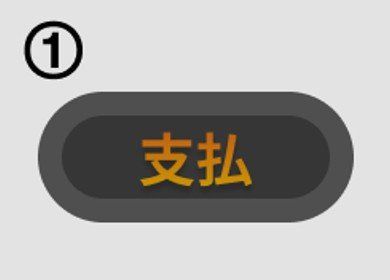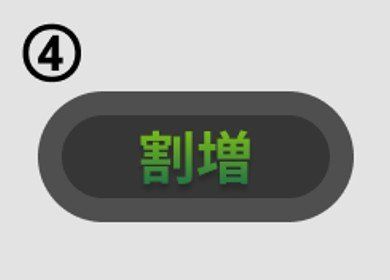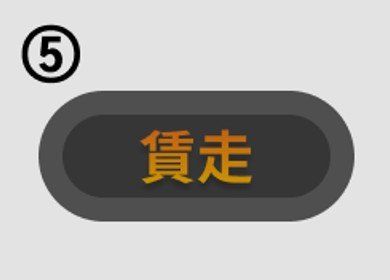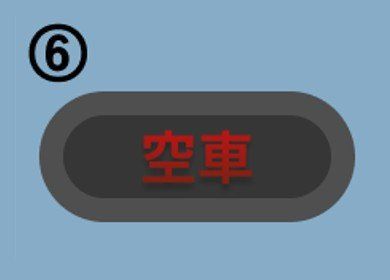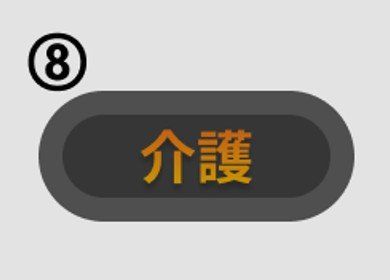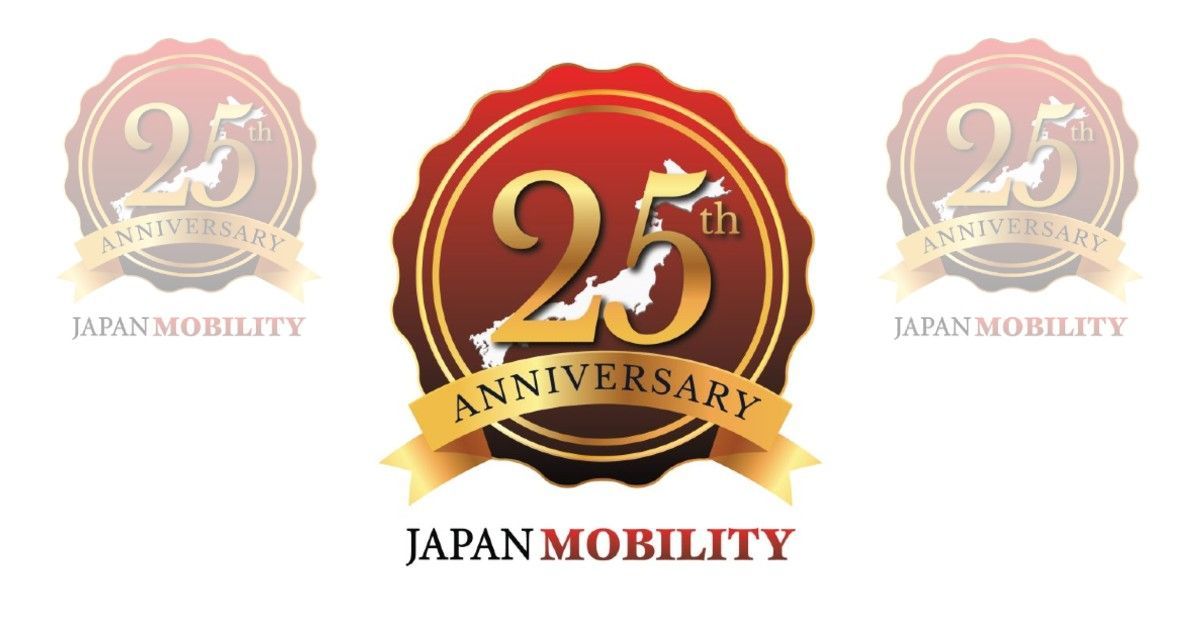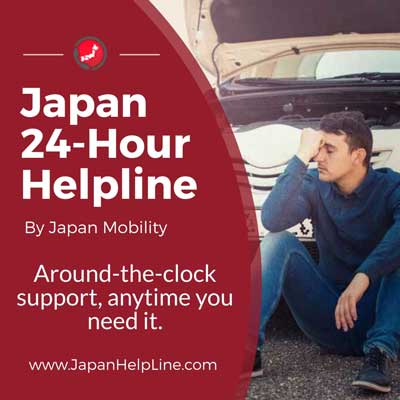Calling a Cab, Japan Style
In these modern times, it is likely when you need to catch a ride, you would pull out your phone and open the Uber app or one of its competitors. In Japan, however, alternatives such as Uber were not well received due to safety concerns not only from regulators, but the public as well, along with the very influential taxi drivers' organization lobbying to boycott the development and save their industry.
For these reasons, navigating taxis in Japan is done very much in the traditional manner: using licensed taxis. However, there are a few subtle differences to what you may be used to overseas.
To make sure you don't get lost in translation, in this article I will explain the rules and quirks that will make your experience using taxis in Japan a smoother and more stress-free endeavor.
What do the LED signs mean?
In Japan, it is very easy to hail cabs from the roadside by simply raising your arm when you see one approach.
There is, however, a range of statuses that will be displayed in the bottom corner of the vehicle's windscreen, in LED lights, that will let you know which taxis are available to use. Not knowing which ones are available may cause a lot of frustration when no one seems to stop for you so it is important to look out for open taxis.
In the order of the picture above, here is what each sign means:
- 「支払」When the previous passenger of the taxi is arranging payment for their fare this sign will be shown in the window. If you are nearby it is alright to stand near the front of the taxi to be the next in line to be the next passenger.
- 「貸切」 A chartered cab is not a regular cab, but a cab that is hired out on a time-based or distance-based basis. It is suitable for family trips, sightseeing with a small group of people, and transportation to and from stations and airports.
- 「回送」When the vehicle must refuel, or the driver is eating, resting, returning, etc. With this status, the vehicle is not available for hailing.
- 「割増」Between midnight and 5 am (may vary by location) this status may be shown. This status indicates an increased surcharge due to the late hour. In most cases, if you are far from home, it may be better to avoid taking taxis at this hour if it can be helped.
- 「賃走」This means that the meter is on and running.
- 「空車」This means the taxi is available and is the sign you most want to look out for when looking for a ride.
- 「高速」When you get on the highway, the driver switches the meter from "fare" to "highway". This means that the time-based fare addition has been increased. Therefore, if you go the same distance on a regular road and get caught in a traffic jam, both time and distance will be added to your fare, and this may end up being more expensive.
- 「介護」Meaning something similar to “nursing care” is a status in which the taxi is transporting a vulnerable person, either someone very elderly or has special needs. Usually used as a sign to other drivers to be cautious when driving around this vehicle.
- 「予約者」Reserved. This usually means the taxi is reserved and is not open to being hailed.
There's a lot of different statuses using very complicated Kanji, so a good rule of thumb is to look out for the very vibrant red sign which often suggests a free taxi.
Fare Display
The first 1.2km is 450 yen (Tokyo. Varies by location), and 80 yen is added for every 255m thereafter. In addition, in order to keep the meter running even when the vehicle is stopped in traffic jams or waiting at traffic lights, the system also includes time in the calculation.
The fare incremental notice display is shown on the left or below the fare. It is not a mandatory display, but an additional display to dispel the distrust that passengers may have when the meter goes up the moment they arrive at their destination.
For a handy graphic on how much a taxi would be in your area check here. (Japanese only)
Useful Phrases for Taxis in Japan
- 〇〇〇 made onegai shimasu ➜ please take me to 〇〇〇
- Koko made de daijoubu desu ➜ Right here is fine, thank you. (When you want to stop.)
- Daitai doregurai kakarimasu ka? ➜ How long will the ride take?
- Koko made ikura gurai desu ka? ➜ How much (about) will the ride be?
- Shiharai ka-do de onegai shimasu ➜ Payment by card, please.
- Shiharai genkin de onegai shimasu ➜ Payment by cash, please.
Other Facts and Hints
- Automatic doors: There is no need to open or close any doors, closing the door behind you when you enter or leave may get you some rebuttal from the driver so please keep this in mind when using taxis in Japan
- Versatile payments: You can pay by credit card, SUICA/PASMO prepaid cards, or cash (even from your smartphone) so don’t panic if you forgot to pick up some cash from the ATM.
- Stand on the correct side of the road: Common sense really, but due to the convoluted and often winding streets of many cities in Japan, U-turns are not possible. Checking your route first on google maps then crossing to the right side of the road will save you a pretty penny over time.
Warnings
- Avoid getting taxis at rush hour. Tokyo during rush hour is virtually immobile on the road. In most cases, even if google maps says it’s faster by taxi, nine times out of ten is always better to take the train and subway. Those options are cheaper, faster, and more convenient.
- Taxis after midnight get extremely expensive very quickly. The threshold for a fee rise is drastically reduced and the incrementing extra fees per 255 meters are doubled. If you find yourself far from home after the last train, my advice would be to grab a nap at an Internet Cafe (which come fitted with mattresses) and wait for the first train. If you are about an hour away from your residence/hotel, this could easily save you over 6,000-8,000 yen.
- Don't get a taxi from the airport. Although the thing to do in many 80's movies, getting a taxi from the airport in any city in Japan (with a possible exception to Fukuoka airport, situated less than 5 minutes away from the city center) is a very bad idea. Although drastically reduced in these pandemic times, taxi drivers will try and lure tourists into their taxis from as far as Narita airport which is over an hour's ride back into Tokyo and a very hefty fare.
Taking taxis in Japan can be a daunting task at first, but keeping a general understanding of what is written in this article will help you save money and get to your destination with no unnecessary trouble.





